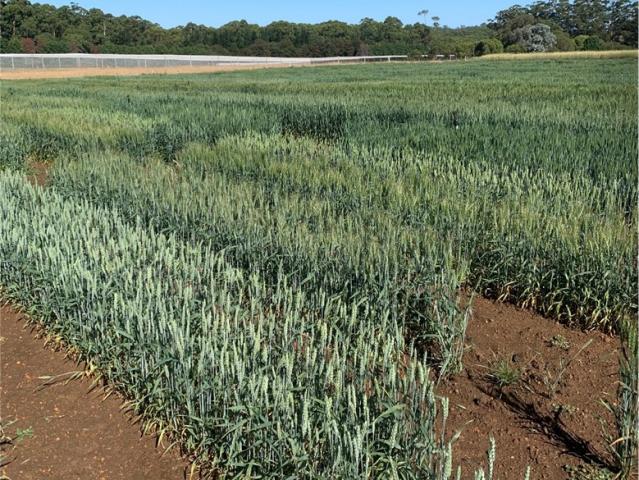Project targets traits for enhanced wheat yields, strengthening against frost

Project name
Determining the effect of wheat morphological and anatomical traits on frost susceptibility of wheat
GRDC Code
CSP2307-003RTX
Boosting wheat profits
In Australia, frost is a major threat to wheat crops, especially during spring.
Frost can harm the formation and development of grains, leading to lower yields and lower profits for farmers.
Reducing sensitivity to frost is crucial to ensuring the viability of growing grain crops in regions that experience frost damage.
Even a small improvement, such as making wheat less sensitive to frost during flowering by one-degree Celsius, could bring an extra 360 million to wheat farmers every year.
This project, with support from the Grains Research and Development Corporation (GRDC) seeks to validate whether certain physical traits of wheat can help it withstand frost better.
For example, how the heads are protected, the presence or absence of awns, and some internal features which may play a role.
The results will establish whether the manipulation of these traits represents a feasible route that wheat breeders could take to improve crop yields in frost-prone cropping environments.
Australian wheat breeders set to benefit
Beginning in July of 2023 and concluding in December of 2026, researchers are set to get an understanding of how wheat traits impact frost sensitivity in both controlled environments and real fields.
This information will be shared with Australian wheat breeding companies.
While the main outcome, by 2028, is for wheat breeders in Australia to have tools to create wheat varieties that can better withstand frost.
Field experiments
The project involves several modules and activities over multiple years.
Module 1: Germplasm Selection
Over the first year of the project, the team will assess a panel of around 130 paired Near Isogenic Lines (NILs) developed by Greg Rebetzke and colleagues at CSIRO.
Then, wheat spikes from field grown plants will be assessed for non-invasive digital phenotyping of spikelet and grain mapping using the APPF CT scanner.
Module 2: Identification of Lines with Reduced Frost Sensitivity
Field experiments in different locations will be conducted over the next 3-years, to observe the performance of selected lines.
These experiments will be complemented by controlled environments screening, to validate field results.
DPIRD Research Scientist Dr Brenton Leske will manage the site at Dale in WA.
The other locations selected for field experiments include Mintaro in South Australia and Wagga Wagga in New South Wales.
Partners/Collaborators
GRDC
CSIRO
Charles Sturt University
South Australian Research and Development Institute (SARDI)
Analytics for the Australian Grains Industry (AAGI)
Contact
Dr Brenton Leske
DPIRD Research Scientist
E: Brenton.Leske@dpird.wa.gov.au
M: (08) 9368 3161
